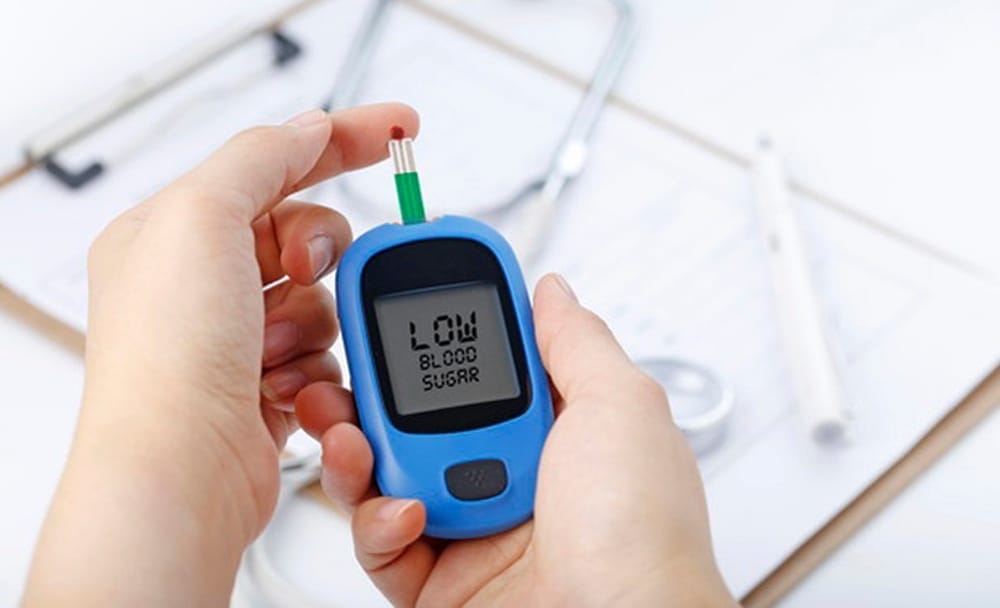In the ancient Indian science of Ayurveda, when an individual passes honey-like (sweet) urine, the condition is termed as Madhumeha, which is called hyperglycaemia in the science of allopathy. A decrease in insulin production and reduced insulin sensitivity are the primary contributing factors for hyperglycaemia. This is one of the twenty types of Prameha, or urological disorders mentioned in several Ayurvedic classics, such as Charaka Samhita, Sushruta Samhita, Madhava Nidana, and Ashtanga Sangraha, among others.
Now, let us focus on the diverse Ayurvedic therapies that can help in the management of diabetes mellitus.
- Panchakarma (Body Purification Procedure)
Panchakarma is the primary detoxification and purification practice in the science of Ayurveda. Under the ambit of Ayurvedic Panchakarma, procedures such as Basti and Virechana are also mentioned in the treatment of diabetes mellitus. Panchakarma is useful not only to maintain blood glucose levels, but also avoid diabetic complications.
Let us look at some of the forms of Panchakarma:
- Abhyanga and Swedana Therapy
Individuals with Type 1 or Type 2 diabetes mellitus can obtain all benefits from the rejuvenating and relaxing effects of Abhyanga therapy, which is a type of whole-body massage using warm oil.
Living with diabetes is quite challenging and can involve a substantial amount of stress, which, in turn, tends to raise your blood glucose levels.
Abhyanga is useful when it comes to relieving stress, even for those with pre-diabetes. The therapy causes the muscles to relax, promoting a sense of wellbeing. In addition, it helps in improving circulation, which leads to increased absorption of glucose, and the amount of insulin needed for impaired glucose levels is decreased.
Swedana therapy is helpful in balancing the Doshas. Sweda or a medicated herbal steam bath opens the pores of the skin and flushes out and cleans the system via the skin, with the excretion of toxins through sweat.
- Basti Karma
One of the primary procedures of Panchakarma Chikitsa is Basti karma, which focuses on the elimination of toxins accumulated in the body through the rectum. This therapy involves the usage of medicinal substances, such as medicated oil as well as a decoction in a liquid form, into the anal region of the individual by the use of a rubber catheter, a procedure that is carried out under the supervision of an expert Ayurvedic doctor.
- Virechana
Virechana is a medicated purgation therapy that eliminates toxins from the body that accumulate in the liver and gallbladder. When it comes to this form of purification and detoxification, the Doshas are removed in the form of faecal matter through the rectum. After Ghrutpan, purgative medicines are administered to the patient orally, which helps in bringing down the Doshas. This therapy cleanses the gastrointestinal tract thoroughly. It is a safe procedure without any side effects.
- Dhanyamladhara
This Ayurvedic therapy is often used to combat inflammation, obesity, neuropathy, muscular pain, hemiplegia, as well as rheumatic complaints. It is derived from two words: Dhanya (cereals) and amla (vinegar). Dhanyamla involves the preparation of Navara rice, millet, horse gram, citrus fruits, and dried ginger. During the course of this treatment, the body is covered with this preparation, followed by a heated cloth. The duration of the treatment lasts for 45-50 minutes, based on the condition of the individual.
- Vihar
Because diabetes mellitus is a lifestyle disorder, this therapy involves making lifestyle changes. It focuses on regular exercises, such as walking, running, swimming, or practising yoga asanas. It may also involve a regular dry massage or Udvartan, which may be beneficial. Taking steam baths on a regular basis may help in reducing fat in those diabetics with obesity. Taking sitz or a waist bath (a warm, shallow bath to efficiently cleanse the genital region) is also helpful. This therapy also includes performing pranayama (or breathing exercises) and incorporating it into your daily routine.
Other notable Ayurvedic therapies that may help in the management of diabetes mellitus include Nidana Parivarjana, Samshodhana Chikitsa, Shirodhara, Vamana, Bashpasweda, Yogavasti, Snehapana, and Udwartana. Changes to one’s diet (Aahar) and intake of herbal medicines (Aushadhi) are of equal importance.
On a Final Note:
The science of Ayurveda gets to the root cause of the disease, thus achieving holistic, complete wellness. Through the practices of the therapies mentioned above, those with diabetes can improve the quality of their lives.
Manage Diabetes With The Knowledge Of Ayurveda (Download Ebook)





















